Popular on Food52
33 Comments
Alice
December 27, 2020
I made the popovers on Christmas Day with a filet of beef, they rose beautifully and I have popover tins, but they were terribly difficult to get out. I used avocado oil in the tins. I have ghee, would I be better off using the Ghee? Any help would be greatly appreciated!
Suzin M.
June 6, 2020
This recipe is wrong, it seems the full and 1/2 recipe are too similar, and not correctly split for the 1/2 pan of 6. I make these every week, multiple times. For my 6 pop overs I use 2 eggs for my 12 pop overs I use 4 eggs. I can’t imagine how much heavier and eggy the 6 pop overs would be using 4 eggs. Here is a link to the King Arthur recipe that I use all the time. https://www.kingarthurflour.com/recipes/popovers-recipe
Damian S.
April 26, 2020
I used to make popovers all time. Now they don't rise at all. Found your site and hoping I've just forgotten a few steps, like the hot pan. The last recipe I used had only 2 eggs. I've read all the comments. I'll try again with all the 'new' information.
Amanda M.
January 21, 2020
Which recipe is correct?
1 1/4 cups all-purpose flour
1 teaspoon salt
1 cup whole milk
4 eggs
2 tablespoons unsalted butter, melted, plus more for greasing the pan
or
1 cup all-purpose flour
1 teaspoon salt
3/4 cup whole milk
4 eggs
2 tablespoons unsalted butter, melted (plus more for greasing the pan)
1 1/4 cups all-purpose flour
1 teaspoon salt
1 cup whole milk
4 eggs
2 tablespoons unsalted butter, melted, plus more for greasing the pan
or
1 cup all-purpose flour
1 teaspoon salt
3/4 cup whole milk
4 eggs
2 tablespoons unsalted butter, melted (plus more for greasing the pan)
Danielle
April 19, 2019
When I preheat the pan buttered, the butter always burns. What am I missing? Even with the best of timing, if the pan has gotten hot enough, the butter is burnt.
GeeAGuyDidThis
September 4, 2019
Use butter flavored Crisco to coat your cool popover cups-plenty of it. They will fall right out after heating/cooking.
Michelle S.
March 31, 2018
The recipe that shows here and the recipe you see when you click on the link "to see the full recipe (and save and print it) are not the same. They have different amounts of flour and milk. Both say they make 6 popovers and the other ingredients are the same for both versions.
Jean F.
February 21, 2017
Baked in and served with butter = popover. Baked in drippings from a roast - Yorkshire pudding. Either way = fabulous!
Austin R.
February 21, 2017
I have found it important not to pour cold batter into the pan. For best results let the milk and eggs come to room temperature before whisking the batter together.
Yorkshire L.
April 10, 2016
Every Yorkshire person reading this will be seething I tell thee, it's a chuffing Yorkshire pudding that is meant to be served with a roast dinner. All those Americans asking if you can use a muffin tin the answer is yes, as that's what most Yorkshire folk use. The oven should be on high the tin should be hot before pouring the batter in and got best results melt a little dripping into every muffin space. Come visit Yorkshire, we'll gladly show you how to do them properly plus you know Yorkshire is beautiful ?
culture_connoisseur
May 14, 2016
I was about to write the same about the roast. It just isn't Yorkshire Pudding without the roasted prime rib and gravy in our house :)
lohoatx
April 3, 2016
I make them all the time, too, and the best recipe - which is virtually identical to this - is from Nieman Marcus. The Zodiac Room - a restaurant inside the stores in Dallas - serves hot popovers with strawberry butter as soon as you're seated. (Softened butter is mixed with strawberry preserves. YUM.) The big tricks: make sure your milk is slightly warm and eggs are at room temp, then let the finished batter rest for an hour. To. Die. For. My popovers are always a hit.
tia
February 29, 2016
I make popovers all the time. One trick that I got from Serious Eats was to make the batter up to 24 hours in advance. They pop higher that way. It's pretty impressive. I also just drop a pat of butter into the pan before putting it in the preheating oven. Once the tin is hot, I pour the batter in and it's ready to go. I'm also trying to remember to put a sheetpan under the tin because the grease keeps dripping on the bottom of my oven. Ugh.
I always use the BH&G cookbook's recipe (the red and white plaid one).
I always use the BH&G cookbook's recipe (the red and white plaid one).
Sharon O.
May 13, 2015
I don't have a popover pan. I bought 2 cast iron "cupcake" pans. Over 50 years ago. Needless to say they are great. I make sure I wipe them clean them with a damp towel so the seasoning doesn't have an aftertaste. Roasts-drippings, Sweet-butter. Works every time. been doing it this way since high school! Sharon
Ross
May 11, 2015
They're+called+Yorkshire+puddings.+A+staple+for+every+British+Sunday+Dinner.
http://allrecipes.co.uk/recipe/29303/award-winning-perfect-yorkshire-pudding-recipe.aspx
http://allrecipes.co.uk/recipe/29303/award-winning-perfect-yorkshire-pudding-recipe.aspx
jbfalise
May 10, 2015
Tried this recipe and it didn't work out for me...they hardly rose. However, I've always had much more success with starting the oven at 450F, then lowering it to 375F after about 15 min. Also, past popover recipes I've made have had runnier batter (better for the necessary steam to get that "pop").
Nanda G.
May 11, 2015
This is the standard recipe (starting at the higher temp and lowering midway through) I've used for almost 40 years (this was the first thing I learned to bake as a child). Always works as long as you never open the oven during baking. Not sure why this recipe skips the temperature lowering step. Any thoughts from others?
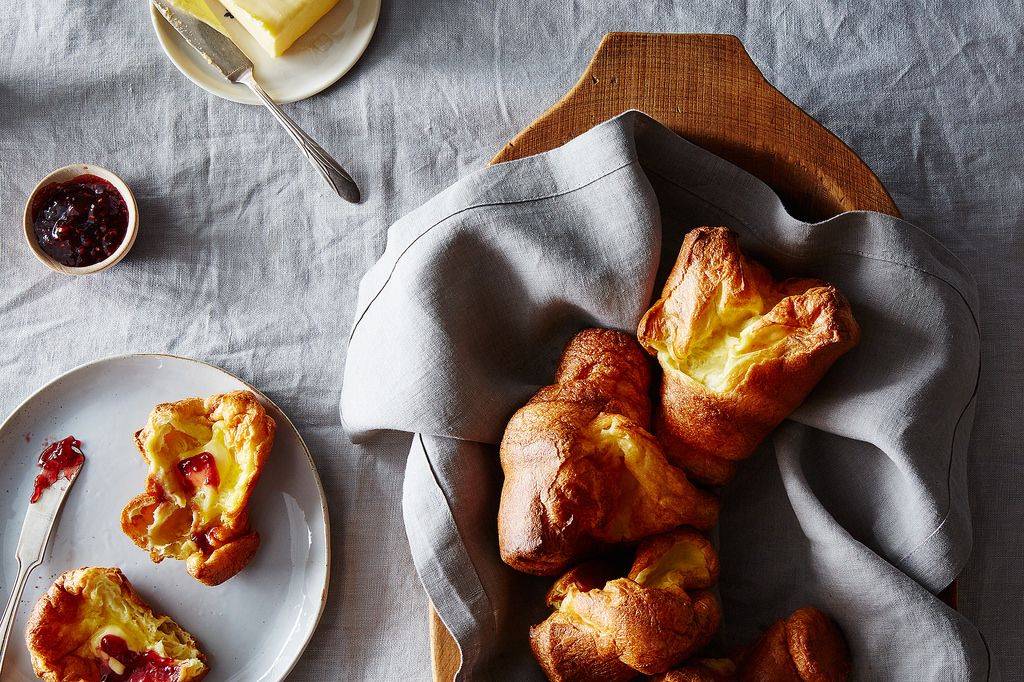
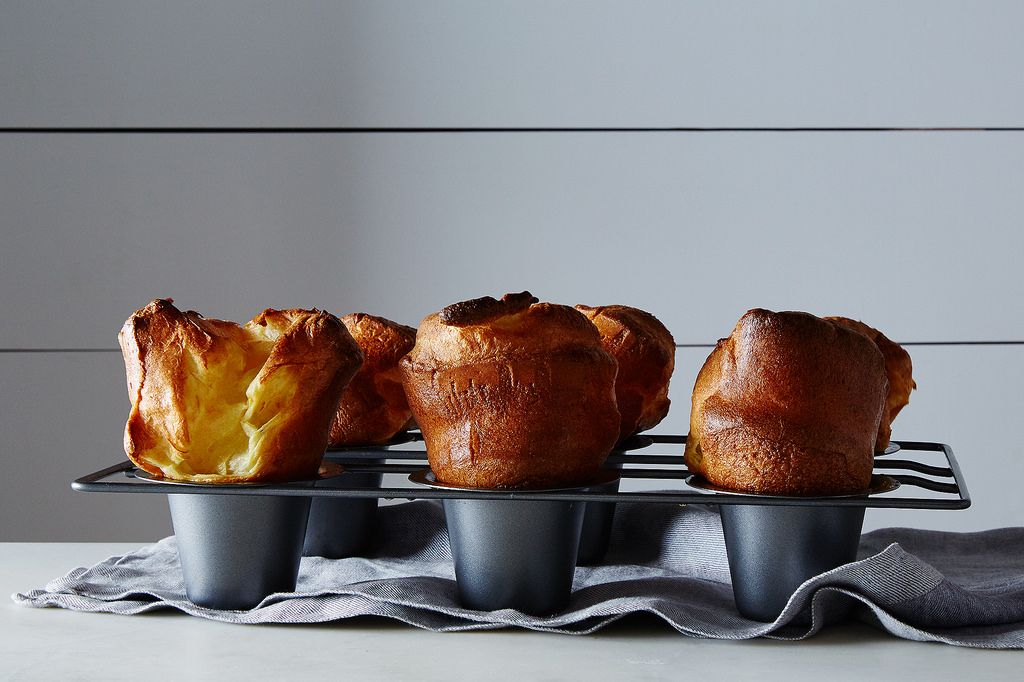
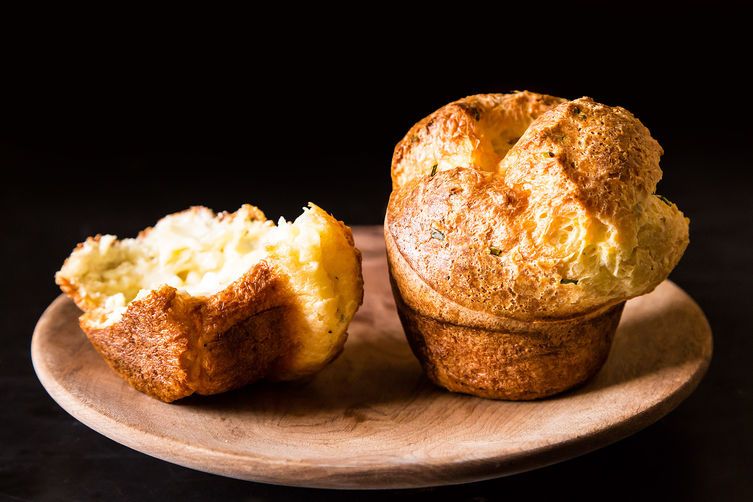

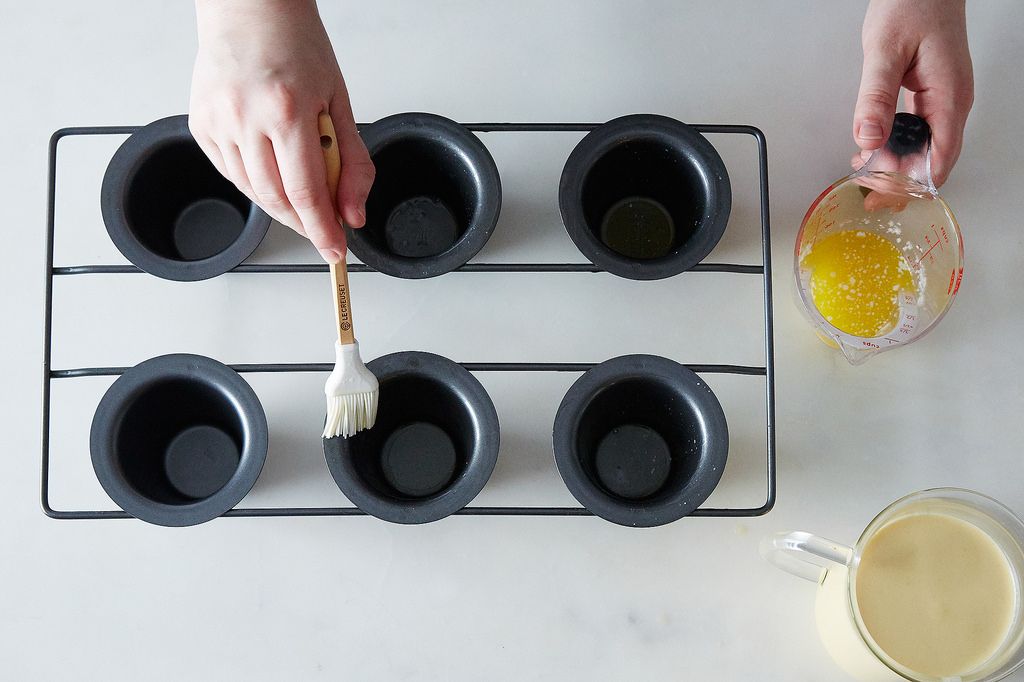
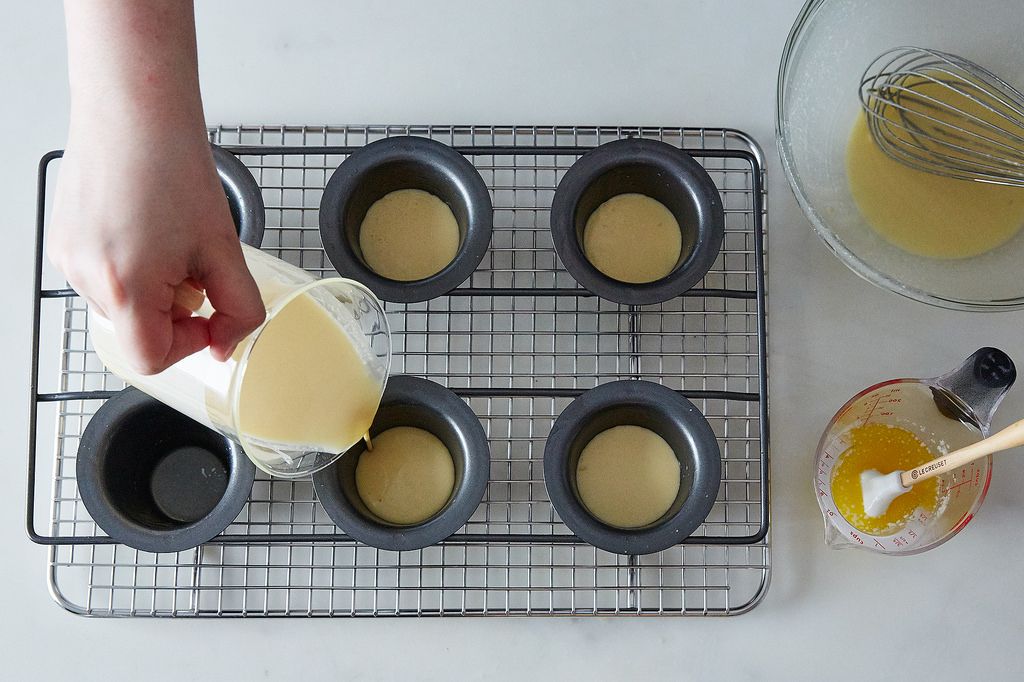

See what other Food52 readers are saying.